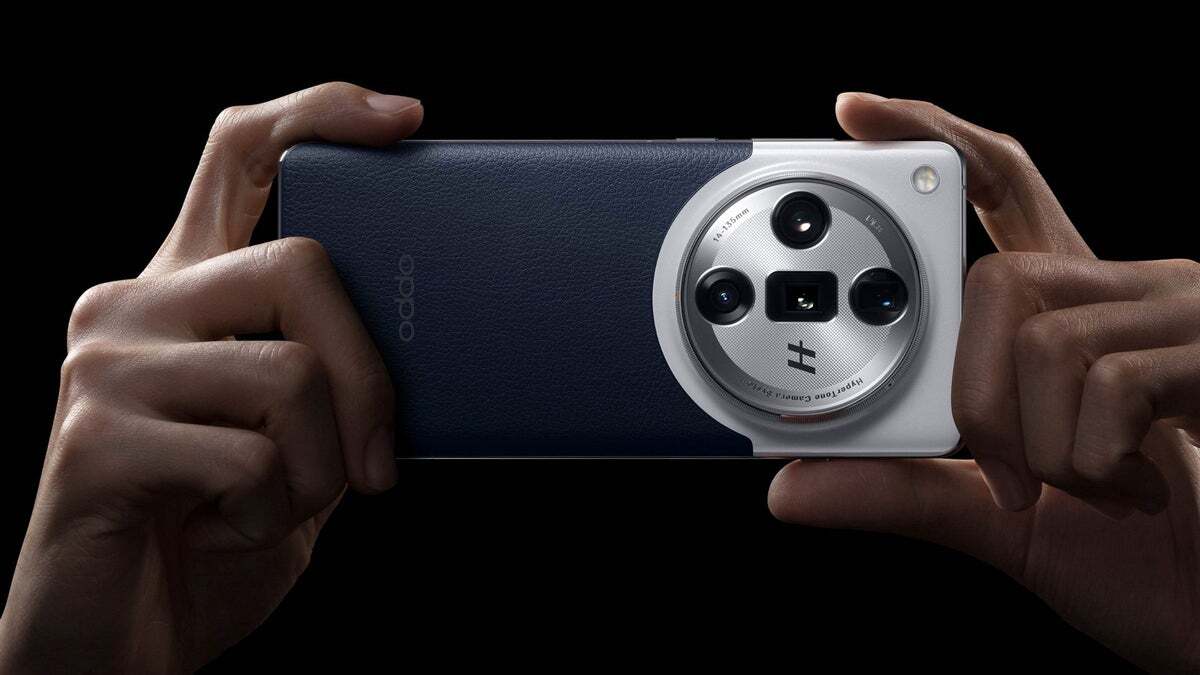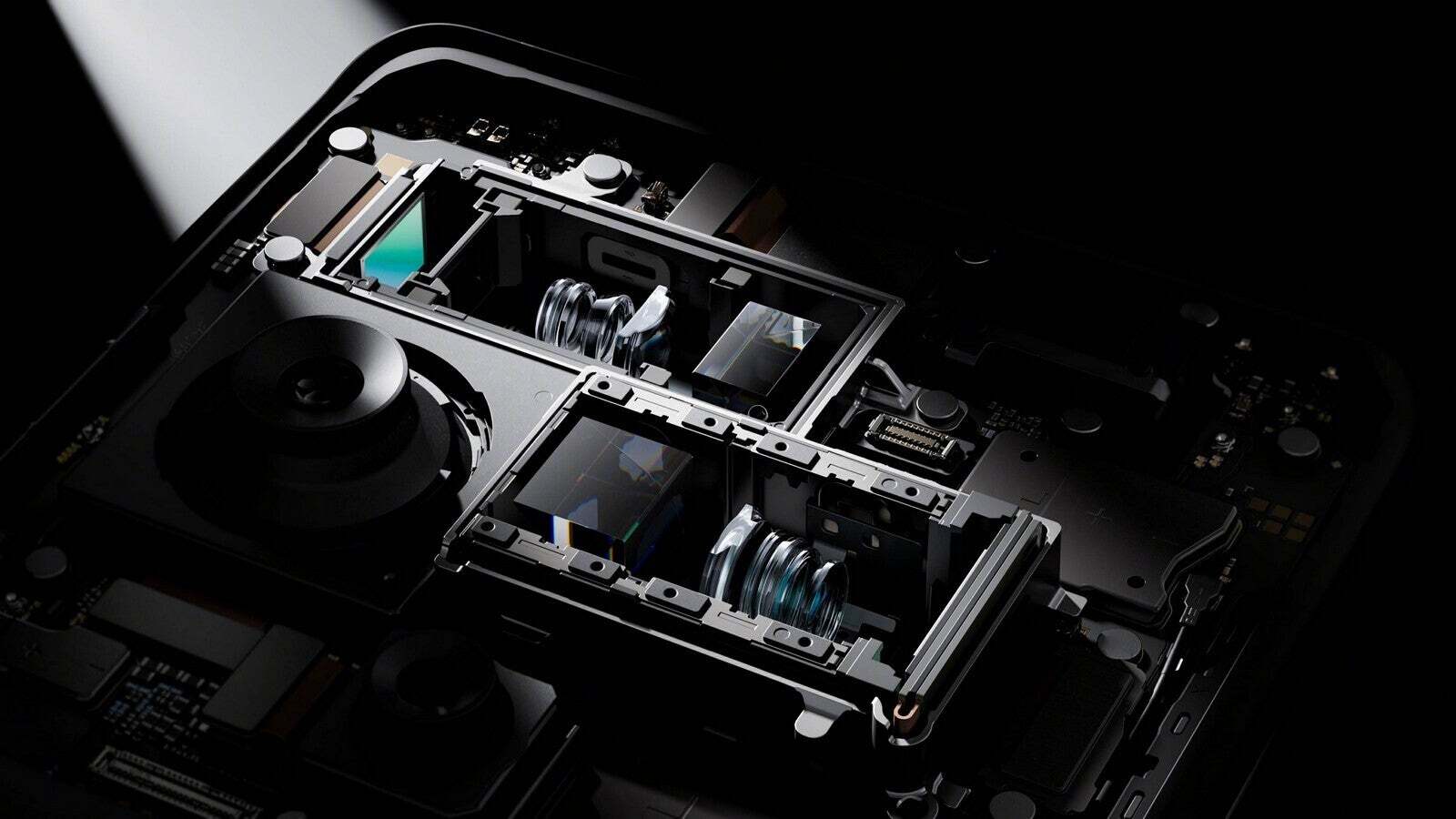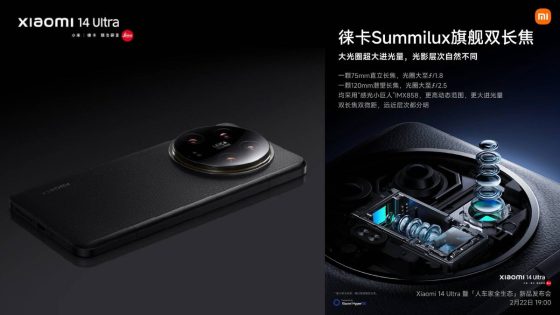Tele-battle: How does the dual zoom on the Xiaomi 14 Ultra compare to the monster Oppo Find X7 Ultra?،
Some buy flagship products for the ultimate experience. These maxed-out beasts offer big, bright, satin-smooth displays, the latest chipsets guarantee King Kong-like raw power performance, plus insane charging speeds. And a $1,500 phone feels great in your hand – it's premium.
Some, however, buy flagships because they have no other choice. You see, these hapless buyers aren't crazy about having the best in terms of build, but they are hungry for the best phone camera around. And, right now, the phones' best cameras are encased in a flagship body.
That doesn't mean there aren't any. great mid-range shooters – of course there are! Anyone who has owned a Pixel “a” series device knows what I mean. It's just that if you want it all in one – main, tele and ultra-wide cameras at their best – you have to destroy your wallet and co-exist with a flagship.
This is why there is no shortage of people planning to get the upcoming Xiaomi 14 Ultra. This gem should be unveiled in China on February 22 and a few days later it should go global at the MWC (Mobile World Congress) in Barcelona at the end of February.
Let's leave aside the rest of the technical specifications of the Xiaomi 14 Ultra that have already leaked in recent weeks and instead focus on the latest rumor which concerns the cameras of the flagship.
The main camera
According to a Gizmochina report that inspects some Chinese promotional posters for the 14 Ultra, Xiaomi will come with the 50-megapixel Sony LYT-900 sensor for the main camera. This isn't really news, as we've already commented on such a possibility, but it's nice to see that there are no last minute changes.
Being a one-inch type sensor, the Sony LYT-900 is large and it is the spiritual successor to the incredibly popular and beloved Sony IMX989 sensor (the Xiaomi 13 Ultra, the vivo X90 Pro, the Oppo Find 'all packed, plus a lot more).
Telephoto lenses
The report states that Xiaomi 14 Ultra will feature a 50-megapixel IMX858 sensor for the first telephoto lens – a 3.2x optical zoom (75mm equivalent focal length) with a large and bright f/1.8 aperture.
The 14 Ultra's second telephoto lens will most likely feature the same 50-megapixel Sony IMX858 sensor, but this one could be a 5x optical zoom periscope lens (120mm equivalent focal length) offering an f/2.5 aperture.
The wide angle camera
Xiaomi is yet to confirm details of the 14 Ultra's ultra-wide lens. The device will likely inherit the 50-megapixel ultra-wide-angle lens with macro photography capabilities that was present on the previous model – again a Sony IMX858 sensor with an aperture of f/1.8.
The Xiaomi 14 Ultra versus the Oppo Find X7 Ultra

In early January, we were excited to see the emergence of the Oppo Find X7 Ultra with TWO periscope zoom cameras.
Right now, the Find By the way: Xiaomi's collaboration with Leica is also extremely satisfying.
Naturally, the “Oppo Find X7 Ultra vs. Xiaomi 14 The Ultra Dilemma will be Ultra popular in the coming months (unless you're super fast and already own the Galaxy S24 Ultra, which is one of our favorites).
To recap, here are the expected cameras – sensors, lenses and apertures – on the Xiaomi 14 Ultra:
- LYT-900: main camera, 1-inch sensor, f/1.63 to f/4.0 (variable aperture)
- IMX858: ultra-wide sensor, 1/2.51 inch, f/1.8
- IMX858: 3.2x optical zoom (75mm), 1/2.51-inch sensor, f/1.8
- IMX858: 5x optical zoom (120mm), 1/2.51-inch sensor, f/2.5
…and here are the insane camera specs of the Oppo Find X7 Ultra:
- LYT-900: main camera, 1-inch sensor, f/1.8
- LYT-600: ultra-wide sensor, 1/1.95 inch, f/2.0
- IMX890: 3x optical zoom (65mm), 1/1.56-inch sensor, f/2.6
- IMX858: 6x optical zoom (135mm), 1/2.51-inch sensor, f/4.3
What stands out immediately is how much larger the 3x optical zoom camera sensor is on the Find X7 Ultra (1/1.56 inch) compared to its Xiaomi 14 Ultra counterpart (1/2.51 inch). Oppo claims that the IMX890 is the largest telephoto lens “of all smartphones”.
Since sensor size is important when discussing aperture numbers for 3x optical zooms, it's interesting to see how the “darker” lens and larger sensor of the Find magic of Hasselblad software) will work against Xiaomi's smaller sensor which is coupled with a larger, brighter lens (sprinkled with Leica processing).
The other thing that stands out when comparing these two photo monsters is the brightness of Xiaomi's secondary optical zoom: f/2.5 versus f/4.3 (the sensor size is the same, given that they both use the Sony IMX858). In simpler terms, the f/2.5 aperture lets in twice as much (and a little more) light than the f/4.3 aperture.
More light means better quality, as the scene can be better exposed using a lower ISO (or it might freeze objects moving faster in the dark due to higher shutter speeds).
A wider aperture also means juicier bokeh, so the Xiaomi's 120mm secondary zoom will be ideal for portraits (don't let anyone fool you by saying that portraits are only shot in the 50mm focal length range at 75 mm).
Being a 6x, instead of 5x, the Find X7 Ultra's 135mm camera might be better at capturing nice details (during the day) that are further away from you.
Remember! THE Xiaomi 14 Ultra specifications are not official yet!


















